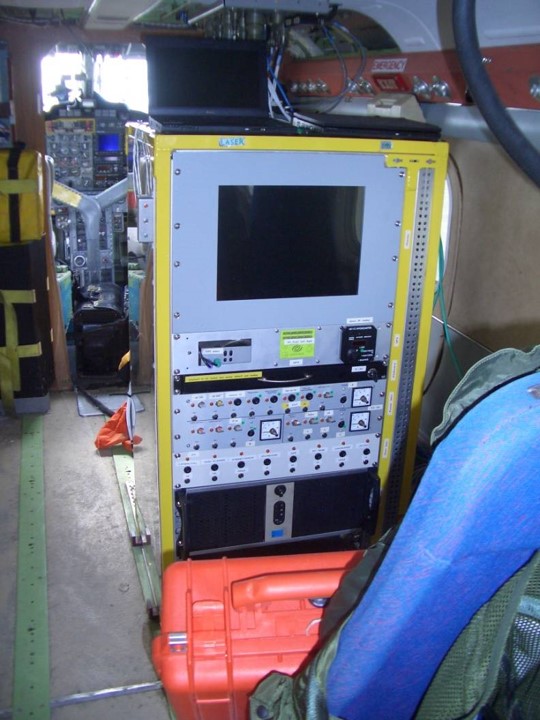Team excitement builds as the scientific instruments are being fitted to the British Antarctic Survey’s MASIN aircraft at Duxford in readiness for its transit to Svalbard on 23rd July. The rest of the project team will meet the MASIN aircraft in Svalbard and prepare it for a first science flight on 26th July. Just in time, according to the 7-day forecasts, for the arrival of an Arctic cyclone to the east of Svalbard bringing strong northerly winds from the pole across the sea ice edge to the north of the Svalbard islands – ideal conditions for our science goals.
Since we aim to measure turbulence in the atmosphere above sea ice, at the same time as the properties of the sea ice beneath, and also where there are strong winds within Arctic cyclones – there are tight constraints on our operations. The sea ice edge has been retreating quickly over the last month during several unusually warm spells with southerly winds (also driving the ice edge polewards). This is potentially a problem since we need the sea ice edge to be within range of the aircraft based at Longyearbyen (much further south). At the same time we also need Arctic cyclones within range – so the forecast for next week could not be better for us.
From the 3rd August a second research aircraft, the SAFIRE ATR42, will be joining us in Longyearbyen with radar and lidar remote sensing capability which will enable us to measure liquid and ice cloud properties, as well as deduce the horizontal components of the wind on curtains through Arctic the weather systems.

